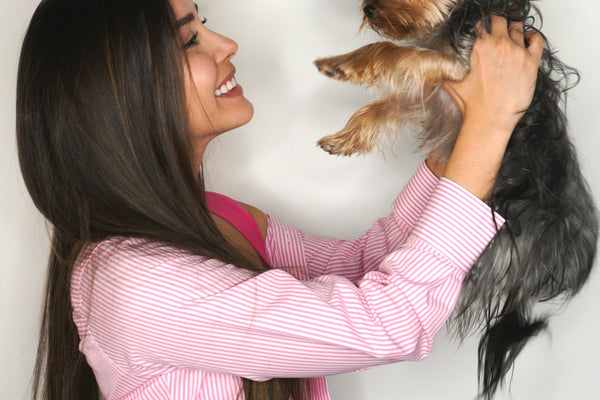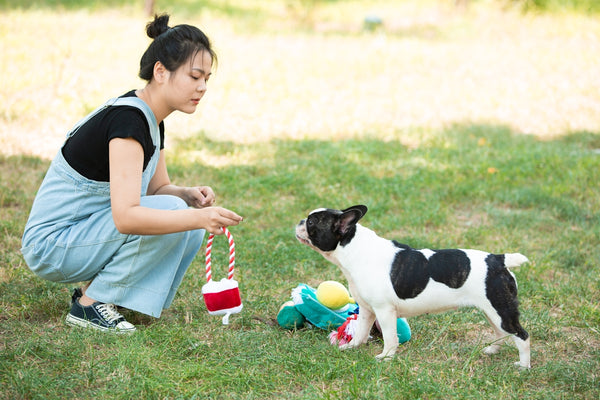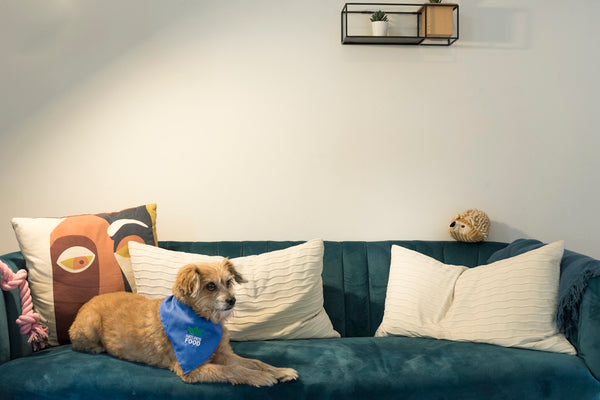Having a pet is a joyful experience, but it can come with its own set of challenges. Just like humans, pets have complex emotions and behaviors that can sometimes be difficult to manage. Understanding and resolving these behavior problems can lead to a more harmonious relationship between you and your furry friend. In this comprehensive guide, we'll explore some common pet behavior problems and offer practical solutions to help both you and your pet enjoy a more peaceful life together.
For more tips and pet-related resources, visit My Pet Collective.
Understanding the Underlying Causes
Before diving into solutions, it's important to understand the root causes of pet behavior problems. Common reasons include:
- Lack of Training: Pets, particularly dogs, need consistent training to understand what behaviors are expected of them.
- Anxiety and Stress: Changes in environment, loud noises, or other stressors can lead to anxious behavior.
- Boredom: Pets need mental and physical stimulation, and a lack can lead to destructive behavior.
- Medical Issues: Sometimes behavior problems stem from underlying health issues, so a vet check-up is always a good start.
Common Behavioral Problems and Solutions
1. Excessive Barking
Problem: Dogs bark to communicate, but excessive barking can become a nuisance.
Solution:
- Consistent Training: Teach your dog the "quiet" command and reward them for obeying it.
- Distractions: Use toys to divert their attention from the cause of barking.
- Exercise: A tired dog is less likely to bark excessively, so ensure they get plenty of physical activity.
Recommended Product: The Alvalley Reflective Anti-Slip Multiuse Snap Leash is perfect for long walks that can help expend your dog’s energy, reducing excessive barking.
2. Litter Box Issues in Cats
Problem: Cats may stop using the litter box, which can be frustrating for pet owners.
Solution:
- Placement: Ensure the litter box is in a quiet, accessible location.
- Cleanliness: Clean the litter box regularly to prevent issues.
- Medical Check-up: Rule out any health problems that might cause discomfort.
3. Chewing on Furniture
Problem: Puppies and some adult dogs chew furniture out of boredom or anxiety.
Solution:
- Chew Toys: Provide plenty of chew toys to redirect their need to chew away from your furniture.
- Deterrent Sprays: Use pet-safe deterrent sprays to make furniture less appealing to chew.
- Training: Reinforce positive behavior with treats when they use their toys instead.
4. Escaping or Running Away
Problem: Some pets are prone to escaping or running away, risking their safety.
Solution:
- Secure Environment: Make sure fences and doors are secure to prevent escape.
- Training: Teach recall commands to ensure your dog returns when called.
- Tracking Devices: Use a pet GPS tracker to monitor your pet's location.
Recommended Product: The Ultimate 4G Pet GPS Tracker offers real-time tracking, ensuring you always know where your pet is. Alternatively, the Z8 GPS Pet Tracker is another great choice for keeping track of your furry friend.
5. Leash Pulling
Problem: Many dogs pull on the leash during walks, making it an uncomfortable experience.
Solution:
- Proper Equipment: Use a no-pull harness or appropriately designed leash that discourages pulling.
- Training: Stop and stand still when your dog pulls; reward them when they walk nicely beside you.
- Patience: Leash training takes time, so be patient and consistent.
Recommended Product: The Envogue Dog Harness is designed to discourage pulling and make walks more enjoyable.
6. Aggression Towards Other Animals
Problem: Some pets exhibit aggression when they encounter other animals.
Solution:
- Socialization: Gradually introduce your pet to other animals in controlled, positive interactions.
- Professional Help: Consider working with a professional trainer or behaviorist.
- Positive Reinforcement: Reward calm, non-aggressive behavior with treats and praise.
7. Separation Anxiety
Problem: Pets with separation anxiety may engage in destructive behavior when left alone.
Solution:
- Routine: Establish a consistent routine to provide a sense of security.
- Comfort Items: Leave a piece of your clothing with your scent to comfort your pet.
- Gradual Training: Practice short absences, gradually increasing the time you're away.
Recommended Product: "My Favorite Bear Dog" toy, found here, can provide comfort and distraction for pets coping with separation anxiety.
Conclusion
Dealing with pet behavior problems requires patience, understanding, and consistent efforts. By implementing these practical solutions and using the recommended products, you can address these common issues effectively. Remember, positive reinforcement is key, and your pet will respond best to love and patience.
Feel free to visit My Pet Collective for more products and solutions tailored to improving your pet's behavior and enhancing your relationship with them.
Implementing these strategies takes time, but the effort is worth it for the peace and joy that a well-behaved pet brings to a household. Stay committed, and soon you and your furry friend will be enjoying a harmonious life together.












